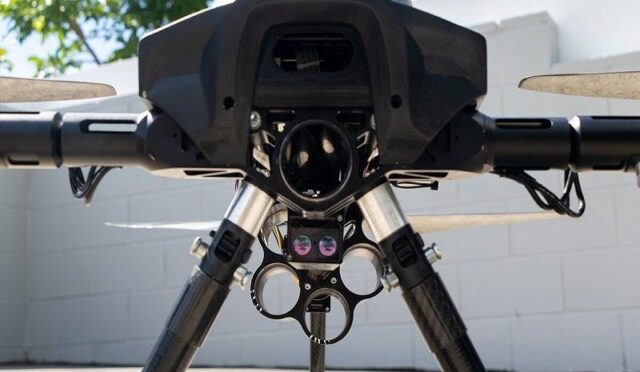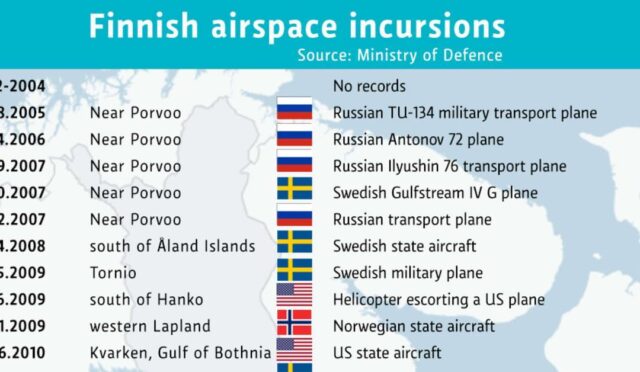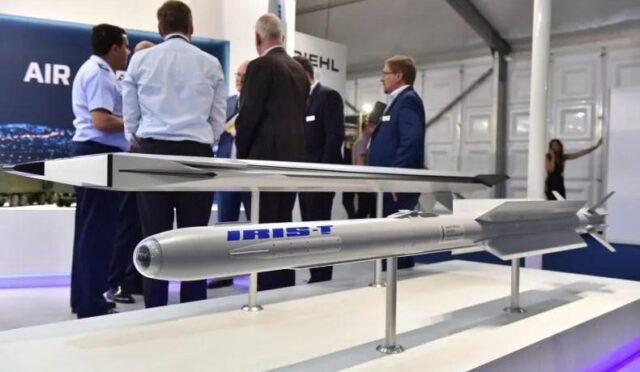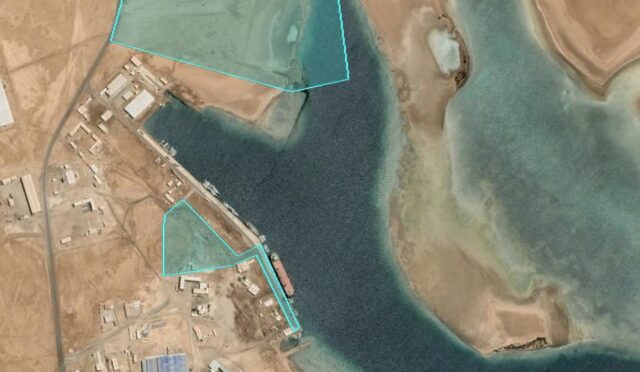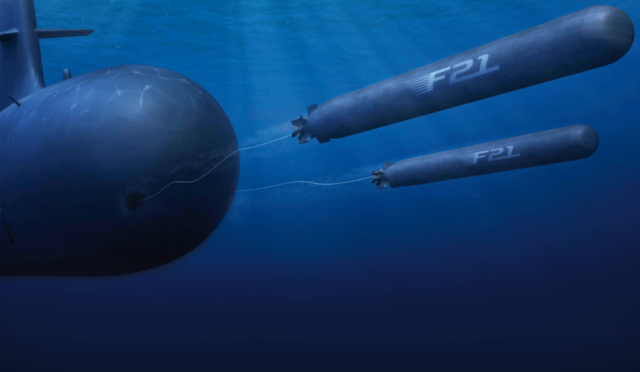British Army Challenger 2 Cope Cages Enhance Tank Defense
The British Army is exploring the potential installation of ‘cope cages’ on its Challenger 2 main battle tanks, aiming to bolster protection against threats posed by drones and anti-tank weaponry. This initiative was recently highlighted at the DefenceIQ International Armored Vehicles conference held in Farnborough, which gathered defense officials and military enthusiasts from more than 50 countries.
These ‘cope cages’ serve as physical barriers intended to interfere with the trajectory of incoming anti-tank munitions. Typically affixed to the sides of armored vehicles, the British Army is considering their placement on the turret roof of the Challenger 2 tanks, a section particularly susceptible to attacks. The primary goal of these cages is to induce premature detonation of munitions, such as RPGs, thereby safeguarding the tanks from potential damage.
A Global Trend in Armored Vehicle Protection
Although the adoption of protective barriers on armored vehicles is not widespread among Western militaries, various nations have embraced this strategy to enhance vehicle survivability. For instance, prior to its 2022 invasion of Ukraine, Russia modified its T-80 tanks with ‘slat armor’ in Crimea, a measure designed to mitigate the risks from drone and missile assaults.
Similarly, the Ukrainian military has adapted captured Russian T-90A tanks by equipping them with foldable mesh structures at the rear, further reinforcing their defensive capabilities. The UK also implemented a comparable strategy during the conflicts in Iraq and Afghanistan in the 2000s by outfitting infantry armored vehicles with protective grills.


